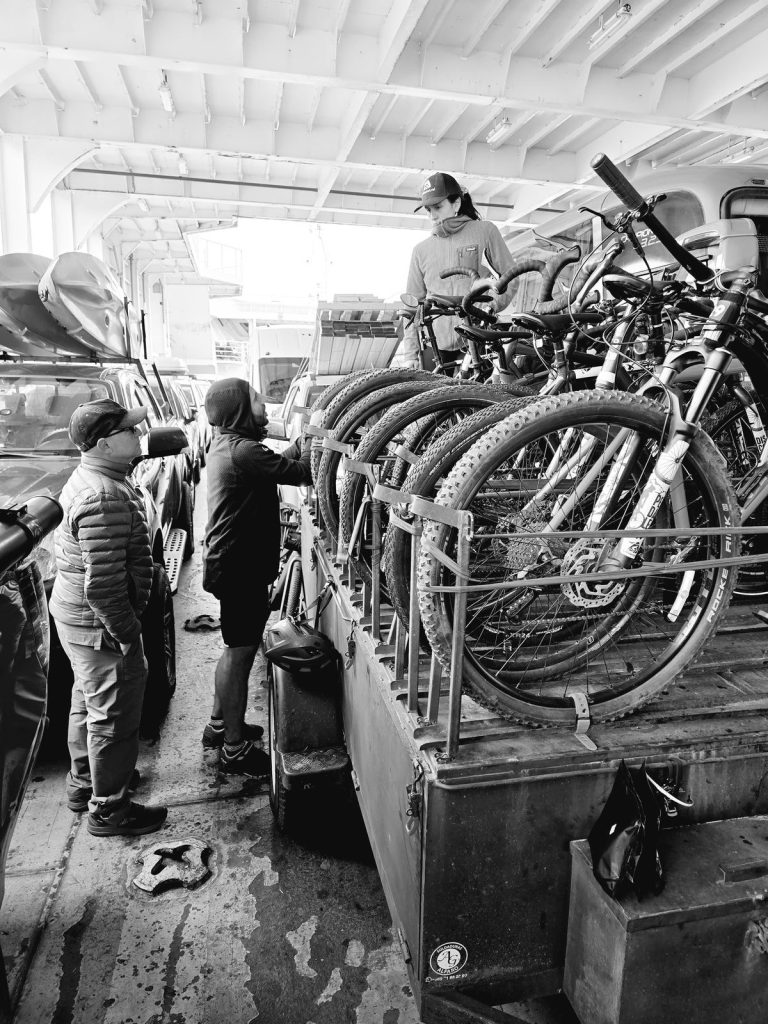Cicloaustral Chile has conducted a study to better understand the size and potential of the cycle tourism niche along Chile’s iconic Carretera Austral. The goal is to foster collaboration between public and private sectors to position this remarkable route as a global capital for cycling tourism.
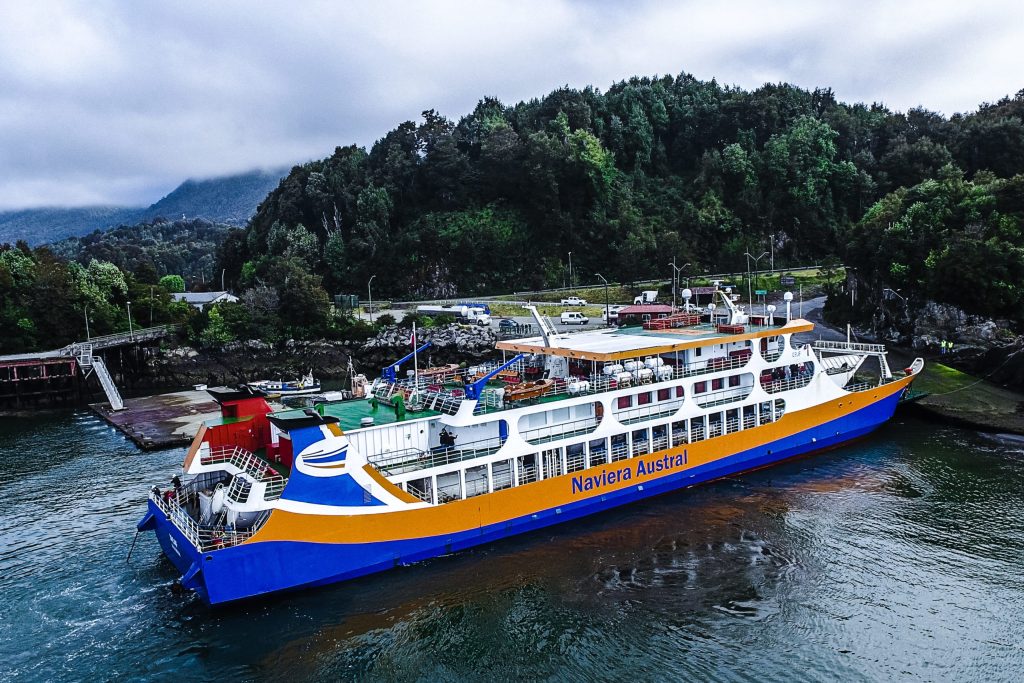
A valuable indicator of this growth is found in the two ferry services that serve as key gateways to the Carretera Austral. These ferries not only transport cyclists to the route but also reflect the increasing popularity of bicycle travel and its contribution to sustainable tourism in Patagonia.
A World-Class Cycling Destination
The Carretera Austral—officially known as Route 7—is one of the premier cycling destinations in South America, running through the heart of Chilean Patagonia. In 2024, the Chilean government designated it a Scenic Route, reinforcing its status alongside international accolades. It was recognized by BBC Travel in 2025 as one of the most beautiful roads in the world, and in 2010, National Geographic ranked it the 3rd best cycling route globally in its “Journeys of a Lifetime” series.
Despite its growing reputation, few studies have attempted to measure the actual impact of cycling tourism along the Carretera Austral or assess the market’s size. This niche plays a significant role in sustainable development, especially in this remote and rural region. Cyclists travel with a light footprint, creating low environmental impact, and their presence supports local economies, including small lodges, campsites, hostels, restaurants, markets, and artisan businesses. Long-distance travel by bike also encourages longer stays, with riders journeying from one village to the next—generating meaningful social and economic benefits.
Measuring the Movement: Data from Ferry Routes (2017–April 2024)
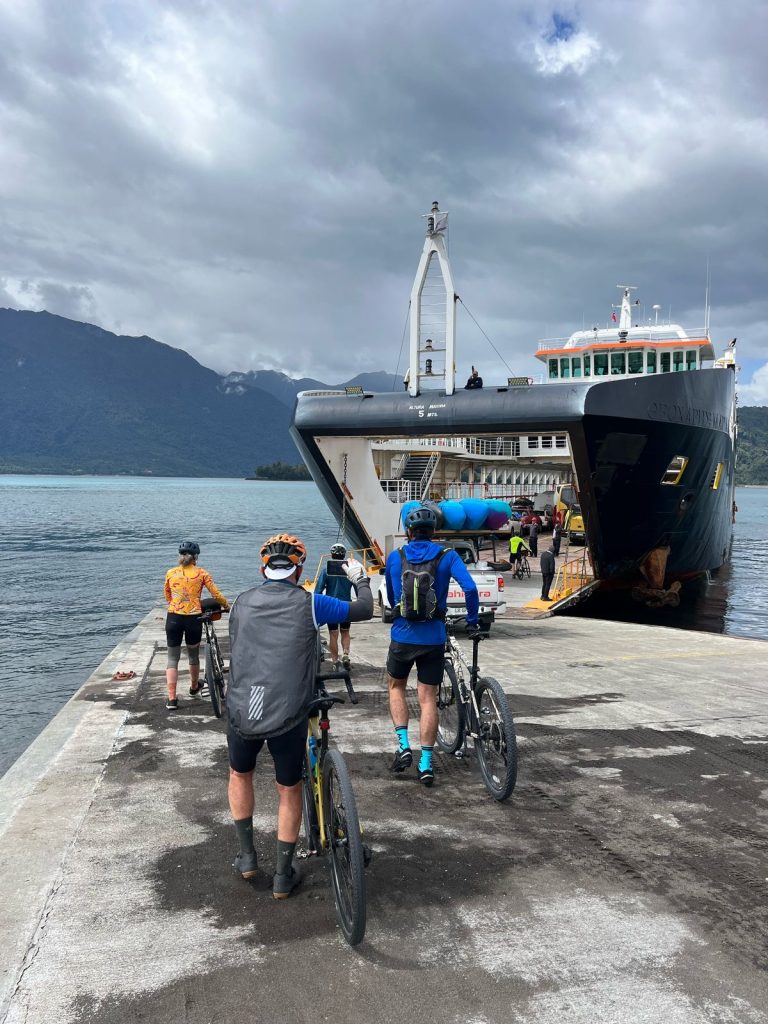
To support coordinated efforts among local stakeholders, this report presents the number of cyclists transported via two ferry routes connecting to the Carretera Austral:
- Hornopirén to Caleta Gonzalo (the “Bimodal Route”)
- Puerto Montt to Chaitén
Data was collected through the Transparency Information System of the Chilean government in collaboration with the Undersecretary of Transportation, then refined and analyzed by Cicloaustral Chile and its co-founder, F.V. Padilla.
Figure 1: Number of Cyclists Transported by Ferries (2017–April 2024)
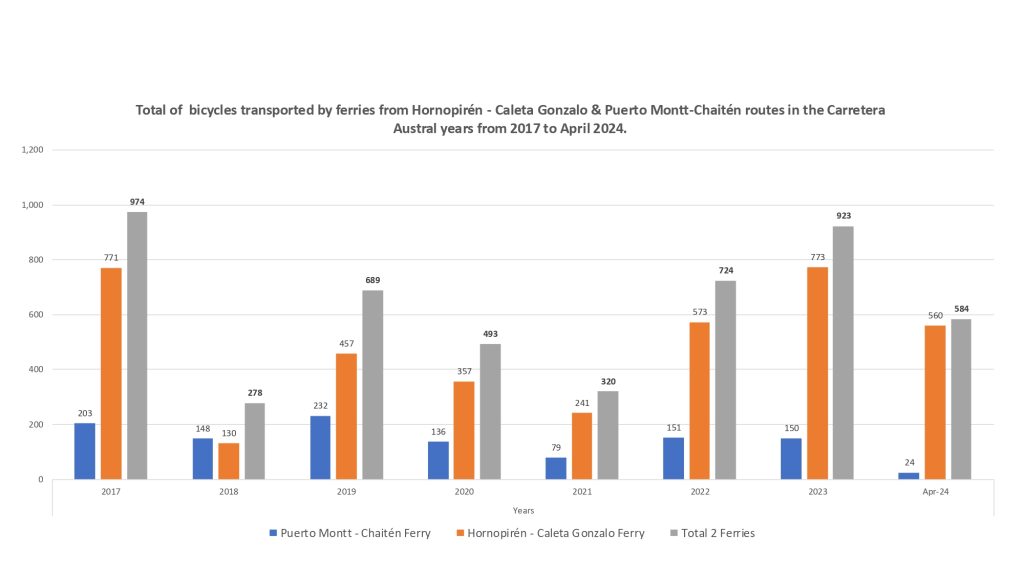
Between 2017 and April 2024, a total of 4,985 cyclists were transported via these two routes:
- Hornopirén–Caleta Gonzalo: 3,862 cyclists
- Puerto Montt–Chaitén: 1,123 cyclists
The Bimodal Route clearly dominates, carrying over double the number of cyclists compared to the second route.
Trends Over the Years:
- 2017 marked a peak year for international arrivals and cyclists on the Carretera Austral.
- A decline followed in 2018, due to national social unrest and a general downturn in tourism—only 278 cyclists were recorded.
- 2019 showed slight recovery before the COVID-19 pandemic in 2020–2021 sharply reduced numbers again, with only 320 cyclists in 2021.
- Despite the pandemic, some adventurous riders still traveled, drawn by the remote, open landscapes and minimal contact with others.
- In 2022, the tourism sector began to rebound, and by 2023, cyclist numbers nearly matched those of 2017 with 923 bikes transported.
- The first four months of 2024 already show a strong upward trend, with 584 cyclists—mostly during the high summer season.
Beyond the Ferries: Total Volume Still Underestimated
While this ferry data is valuable, it doesn’t capture the full scope of cycling tourism on the Carretera Austral. Many cyclists access the route through other entry points:
- Balmaceda Airport
- 15 overland border crossings from Argentina
- Additional ferry routes from Chiloé and Puerto Natales
Thus, the actual number of cycle tourists is significantly higher than what ferry data alone reveals.
Understanding the Seasonality of Cycle Tourism
Figure 2: Seasonality of Cycling Tourism (2007–2024)
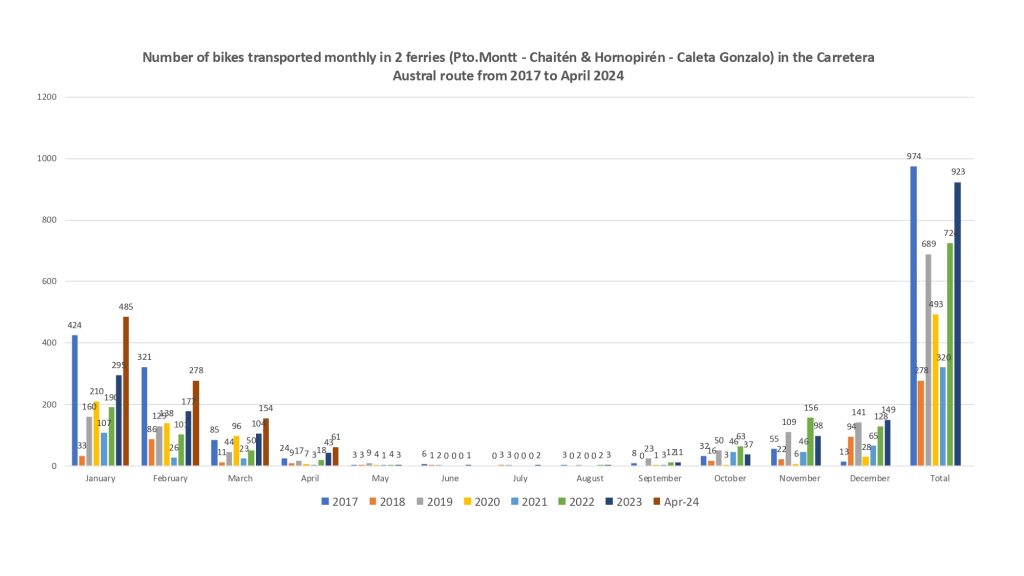
Clear seasonal patterns have emerged over the years:
- High Season:
Peaks in January and February (southern hemisphere summer). In 2024, the ferries carried 485 cyclists in January and 278 in February. - Shoulder Season:
Continues through March (154 cyclists) and April (61). The scenery changes with autumn foliage, creating a unique and colorful backdrop for those who continue pedaling. - Low Season:
From May to August, very few cyclists brave the harsh conditions—icy winds, heavy rain, and snowfall make it a challenge. - Spring Recovery:
September marks the start of a new rise, with numbers gradually climbing. In September 2023, just 11 cyclists were transported and continues constantly increasing in October (37), November (98), and December (149) remarks the starting point of the high season for cycling in Patagonia chile.
Moving Forward: Strengthening Cycle Tourism
Recognizing this growing and recurring demand, local and national institutions have an opportunity to:
- Support bike-friendly infrastructure in rural areas
- Encourage road-sharing policies for safer travel
- Consider implementing a dedicated cycling lane as part of ongoing paving projects—potentially creating the southernmost cycling corridor in the world
On the private side, tour operators, rental services, bike shops, and mechanical support providers should prepare to meet increasing demand. Enhancing hospitality and services along the route can greatly improve rider experience, support over 20 rural communities, and help integrate sustainable tourism into local development strategies.
Cicloaustral Chile will continue promoting and researching this unique destination, working with communities, government agencies, and travel businesses to ensure the Carretera Austral thrives as a beacon for responsible adventure tourism.
